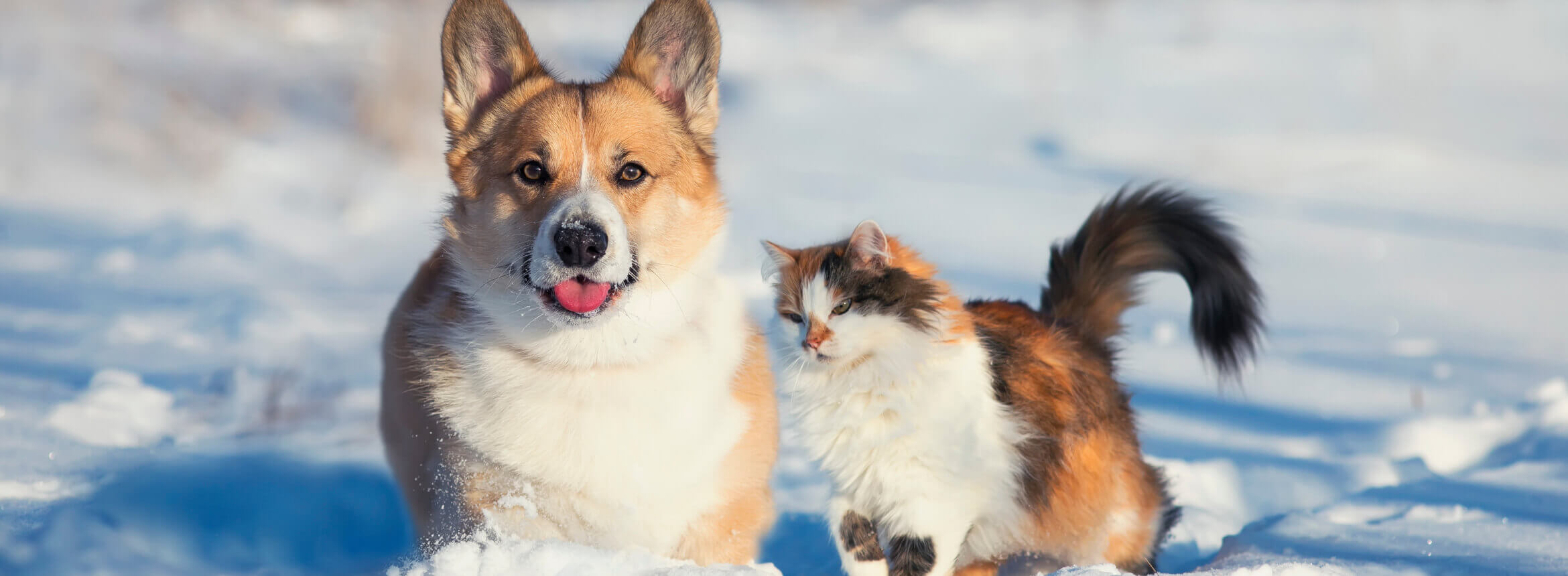When fall turns to winter and the weather gets colder, there are quite a few things to consider as a Pet Parent. Our four-legged family members often need extra care and attention during these chilly months — and it’s our responsibility to make sure they get it. Let’s walk through some challenges our beloved friends may experience and explore solutions to help keep them warm, happy, and healthy.
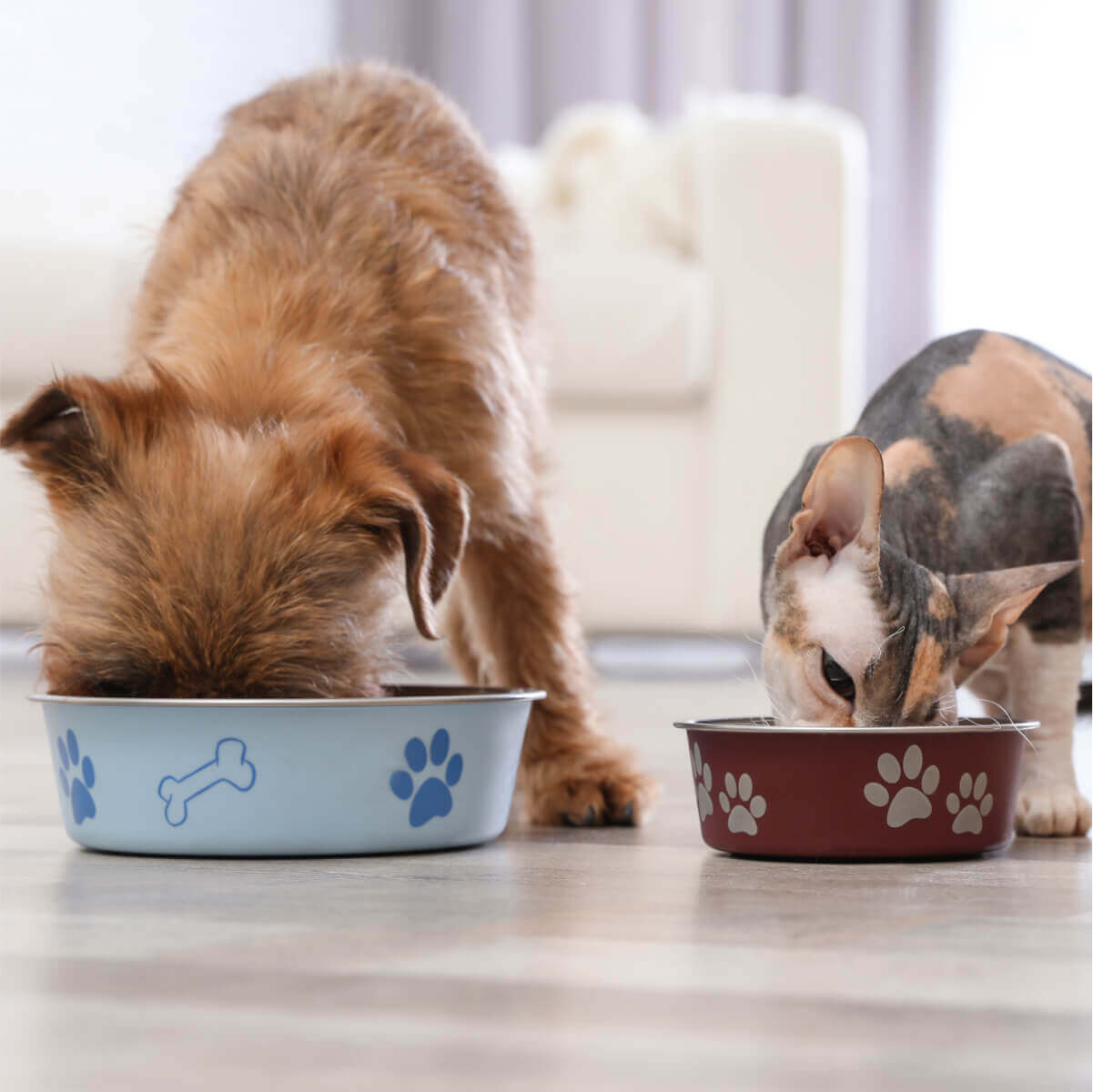
Tips for keeping pets safe during cold weather
Pets require more calories during winter
Just like us, cats and dogs require additional energy to keep warm during winter. Offering them a substantial, nutritious diet not only supports general well-being, but also adds extra body weight to shield them from the cold and boosts their immune system, making them strong and resilient against common winter illnesses. It’s important to keep a healthy balance though, so watch their weight and talk to your veterinarian if you have questions about their nutritional needs.
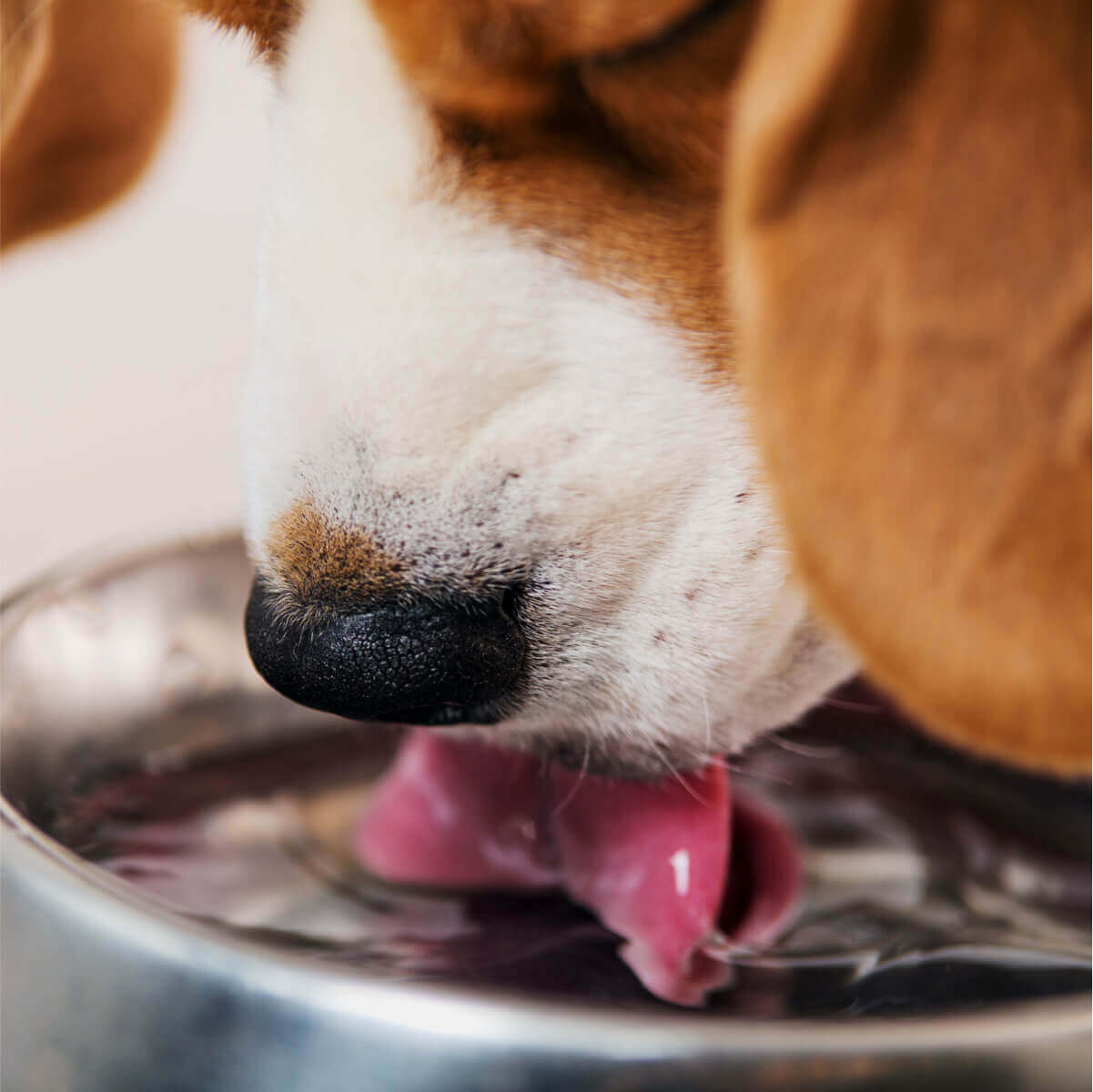
Keep your pet hydrated throughout winter
Cold weather can make pets feel less thirsty and decrease their overall water intake. Just like humans, cold temperatures affect their thirst sensation and seemingly trick them into thinking they don’t want as much water.
The dryer air from indoor heating systems and lower humidity levels can also contribute to dehydration in pets, so it’s important to stay on top of their water intake throughout the colder months. To ensure they always have opportunities to drink, provide pets with consistent access to cool, clean, fresh water (snow doesn’t count!).
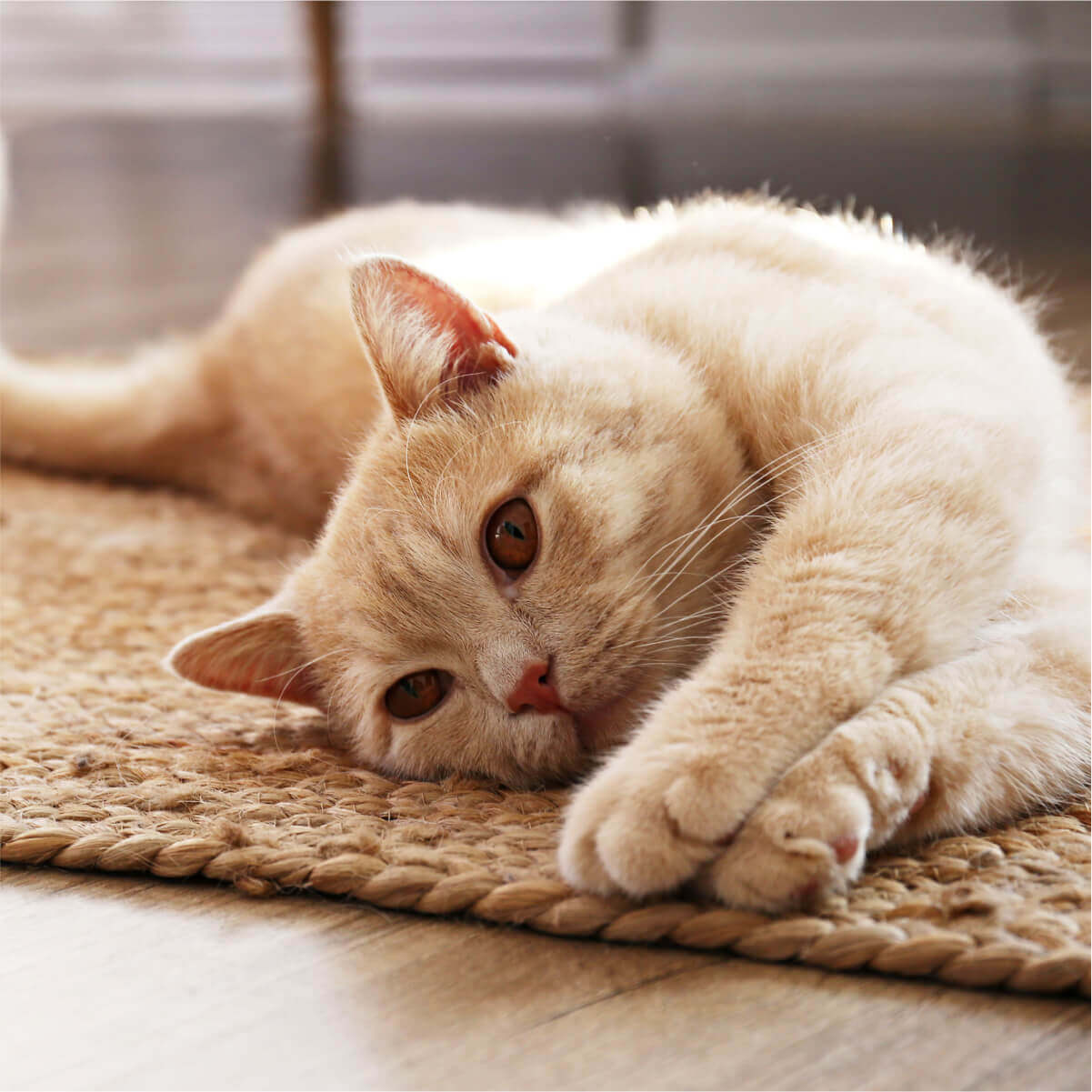
Keep your pet indoors if it gets too cold
Many of us have dogs (and even cats) that like to go outdoors and explore at will. During warmer times of the year, this can be great for exercise, stimulation, and mental health. But when temperatures drop (particularly if it’s below freezing), there are serious risks that could negatively impact your pet’s health and life.
For both cats and dogs, keep them inside 100% of the time (besides potty breaks) if you’re worried about the temperature. If you have cat doors that lead outside, lock or block them to keep your feline friend from going out. For dog Pet Parents, try these indoor games to help your four-legged pal burn that pent-up energy and keep them engaged.
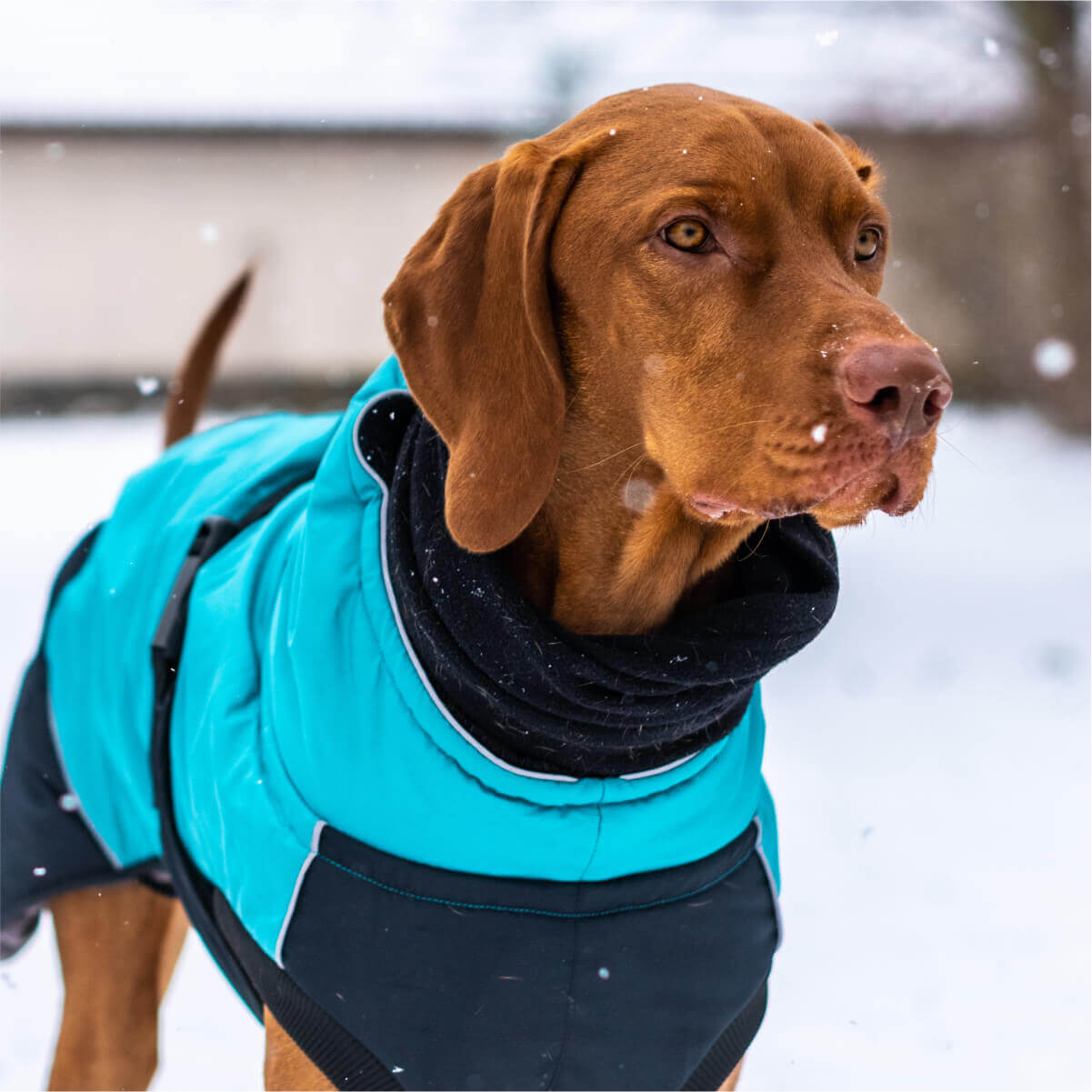
Get your dog a winter jacket
It’s necessary to take your dogs on regular walks year-round. To keep them warm (especially if they have a short or thin coat), you might consider investing in a sweater or vest. Not only will it protect them from the wind and chill, but it will keep their abdomen — where all the vital organs are — at a safer temperature. Plus, there are so many fantastic and fashionable choices out there now. It’s like a cozy wardrobe for your pup!
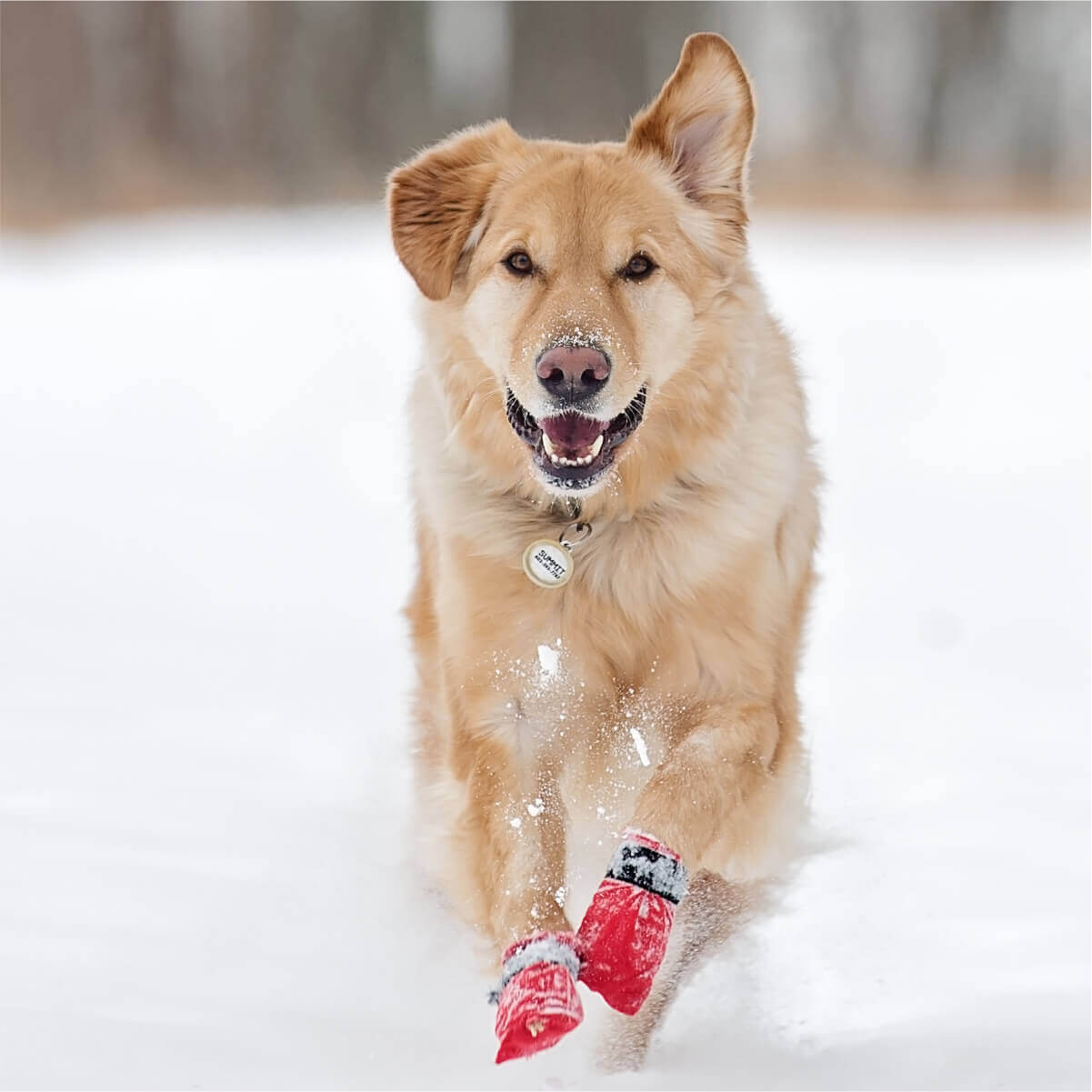
Protect your dog's paws from winter weather
Daily walks on very cold ground can lead to chapping, cracking, or damage to your dog’s feet. It’s important to occasionally check them to make sure they’re staying in healthy shape. (Rock salt can also cause issues with their paws.) If you notice any issues, there are a couple of things you can do. First, there are a variety of therapeutic balms you can apply to relieve many of these symptoms. You can also get your dog some (super cute) boots to protect against the cold, hard surfaces they might come across.
Watch out for antifreeze
If you live in an area that gets exceedingly cold, your neighbors might use antifreeze to melt ice and snow on sidewalks and roads. Antifreeze is extremely poisonous, but tastes sweet to pets, so they could very well drink it by accident. It can also get on their paws during walks and get licked up later. Keep pets away from antifreeze at all costs and make sure any spills are quickly cleaned up.
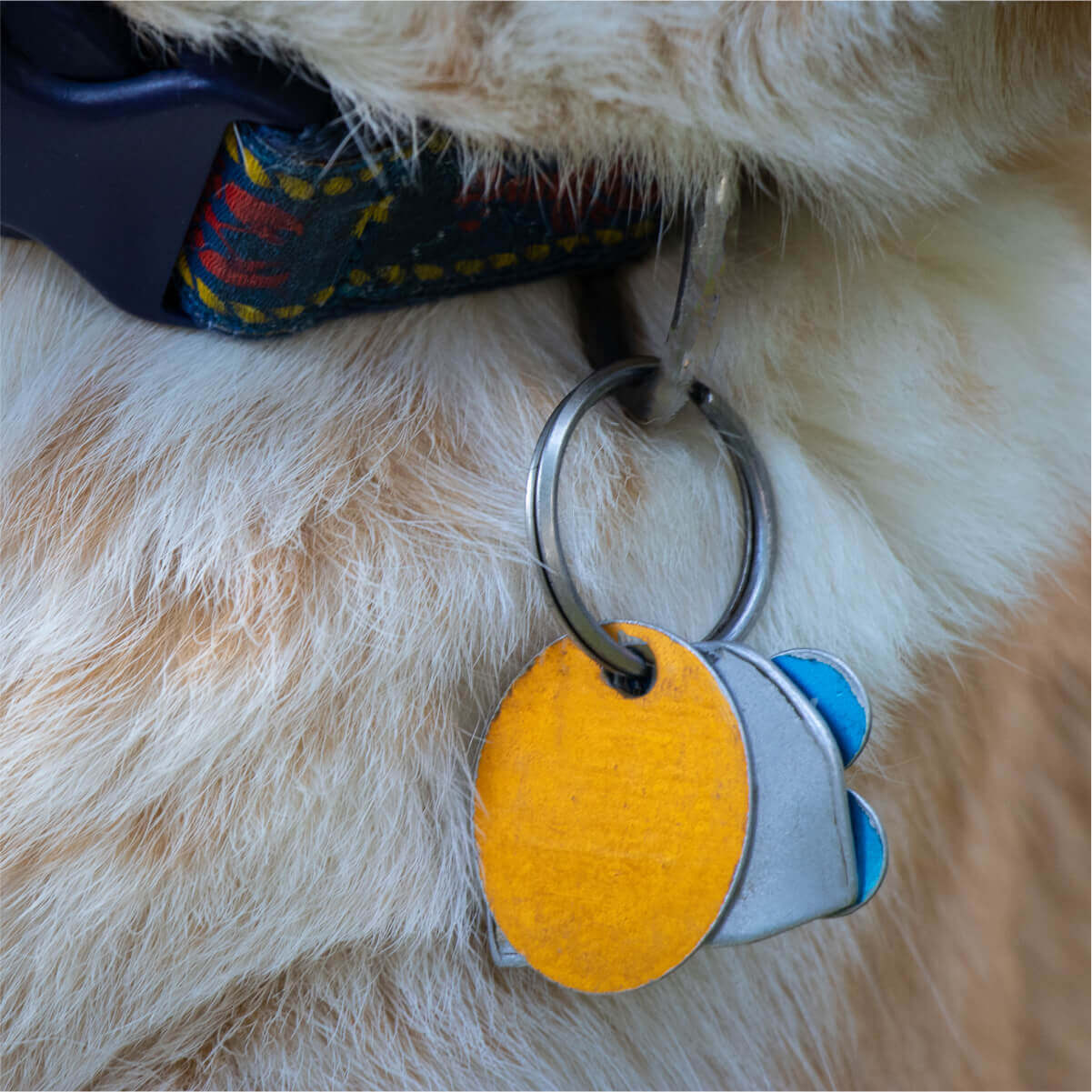
Collar and chip
Snow and ice can hinder cats’ and dogs’ senses of smell. This can cause them to get lost because the scents that help them find their way home aren’t as recognizable. Ensure all your pets have well-fitting collars with accurate identification, as well as microchips so they can be easily identified when found.
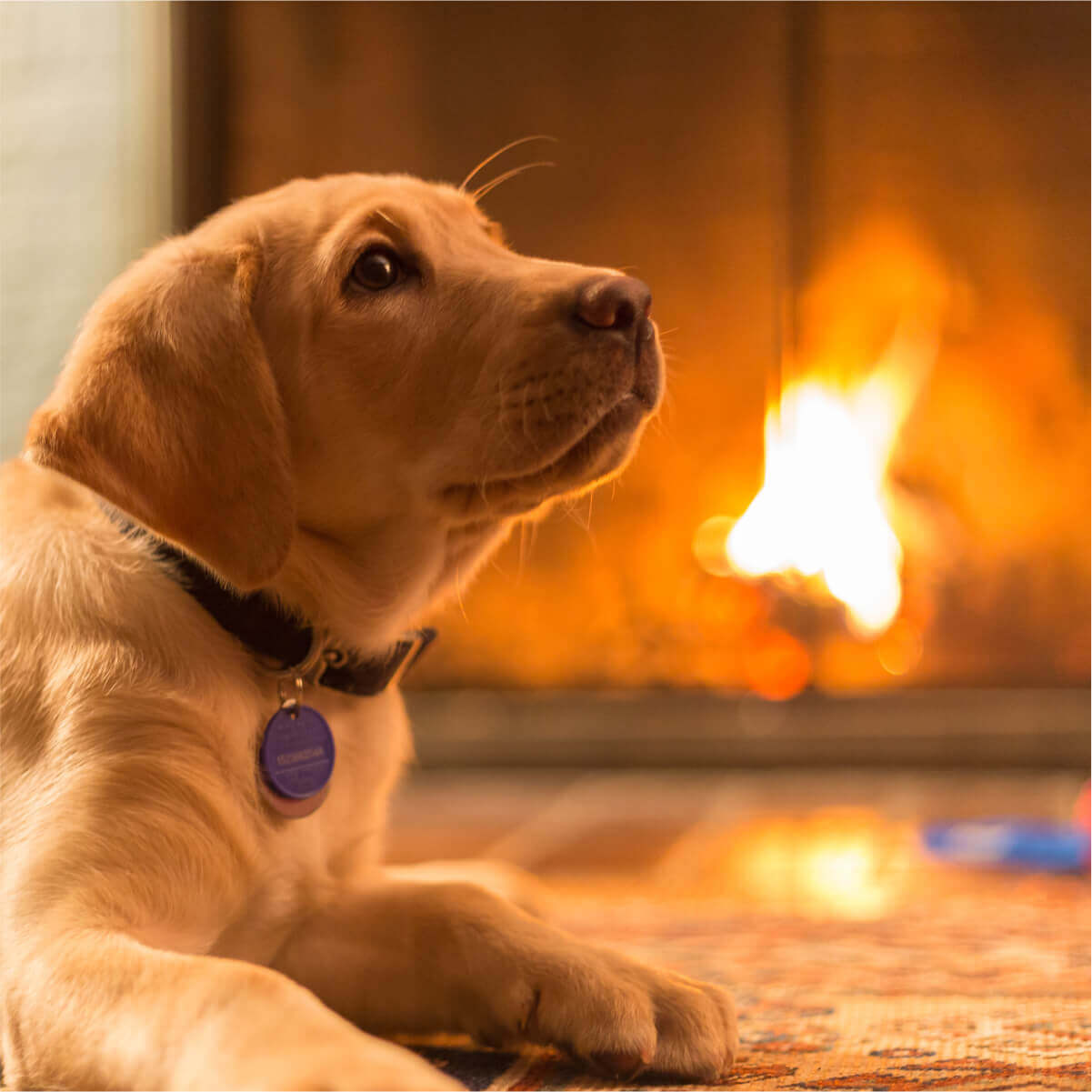
Keep your pets safe from the fireplace & heaters
When it gets chilly, we often heat our homes with nice fires or toasty space heaters. However, both pose a risk of fires, especially if you have pets. For fireplaces, make sure there’s a metal screen to prevent your cat or dog from getting too close to the flames or messing with the burning wood. When it comes to space heaters, make sure you’re using one that shuts off if it tips over, as your pet could start a fire by accidentally knocking it on its side.
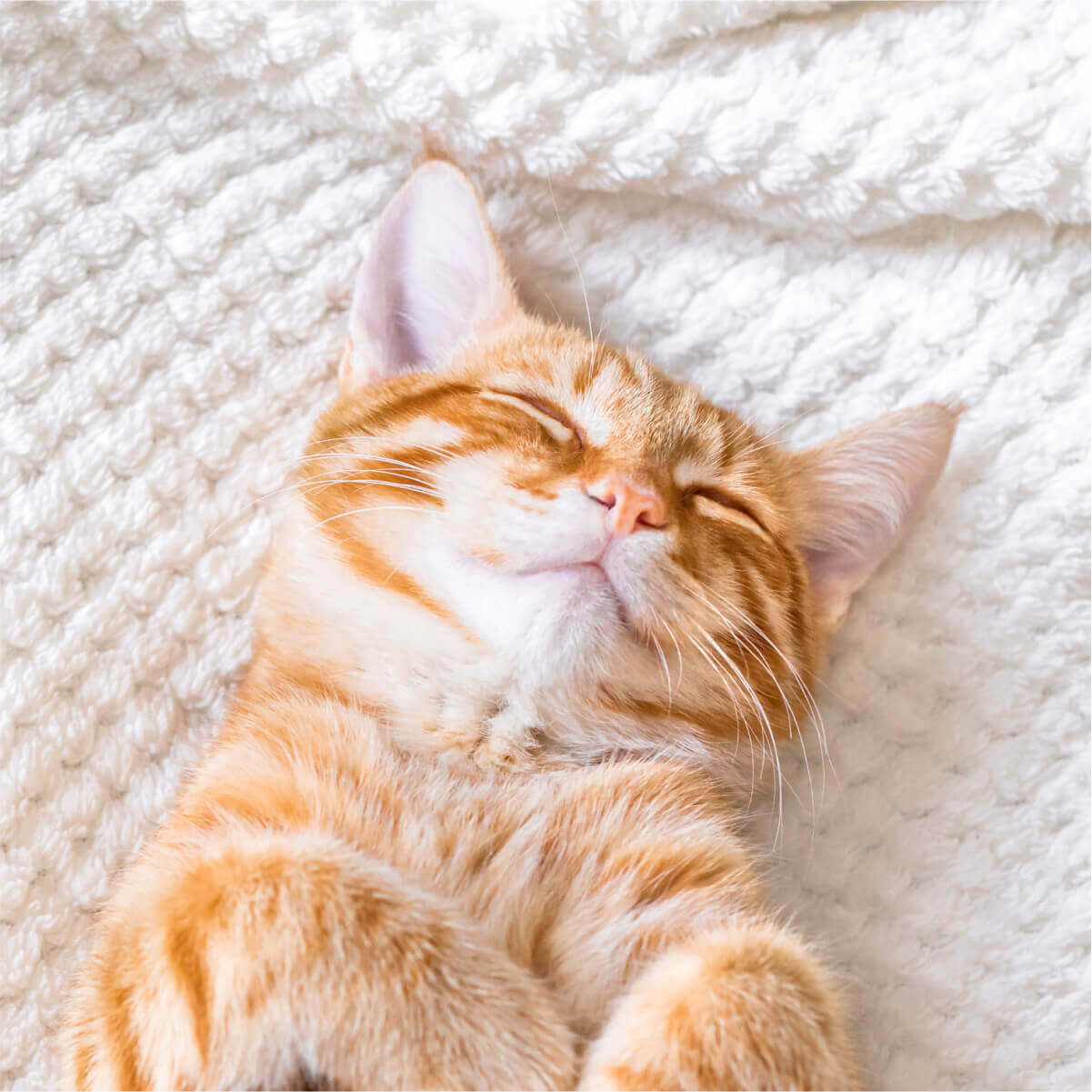
Choices for warm sleeping
Finally, when it gets cold in the house, your pet may be uncomfortable sleeping in certain places. Both cats and dogs love to sleep at all hours, but their usual spot might be too chilly. Give them safe alternatives for where to sleep and bundle up during those winter days and nights.
Extra care goes a long way in keeping our companions healthy during brisk months, so please pay attention to the signs. Make adjustments to their diet, routines, habits, and environment if necessary to create a great (and cozy) winter season for both you and your pets.

